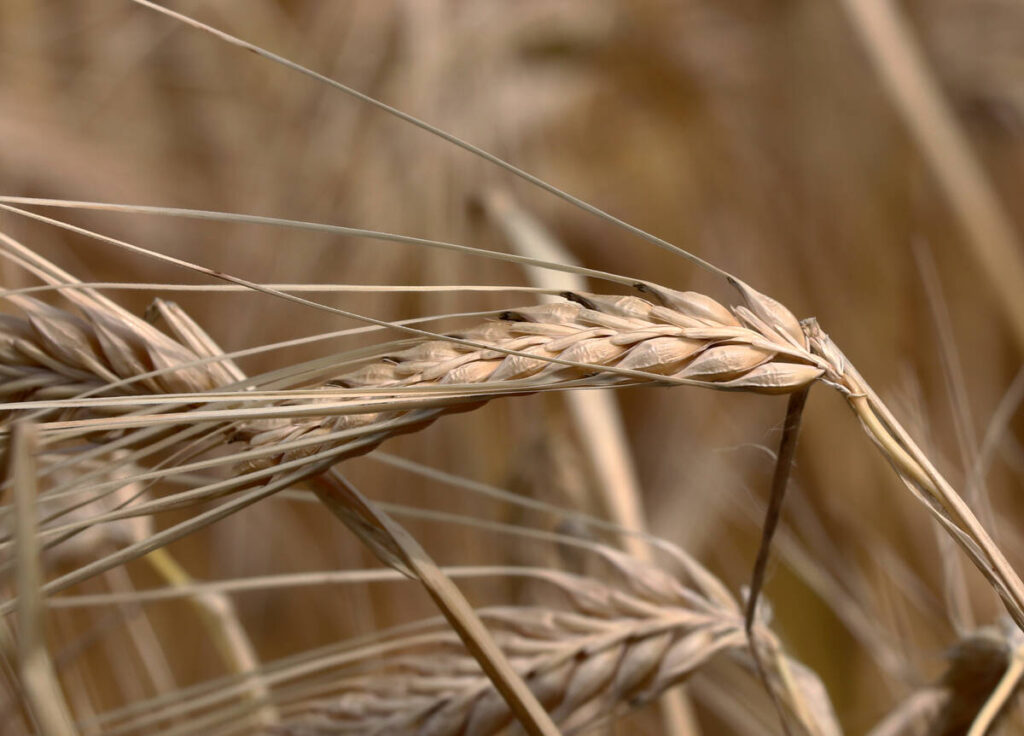On-farm research tackles malting barley fertility

WINNIPEG — With higher yielding varieties now on the market, barley growers on the Prairies have a few questions about fertility.
One of those questions is how high is too high for a nitrogen rate?
Related story: Saskatchewan growers test wheat and lentil varieties on their farms
Read Also


Weather less than ideal in many wheat-growing regions
Weather issues are throwing into question forecasts for a record large global wheat crop this year, but wheat futures markets remain cautious.
More precisely, what nitrogen rate will maximize yields but won’t cause severe lodging?
What rate will produce too much protein in the kernel, thus exceeding the specifications for malt barley?
To answer those questions, SaskBarley and the Western Applied Research Corp. (WARC) have partnered with several growers in the province for on-farm trials.
The goal of the project to optimize barley fertility.
The research is needed because the latest malt varieties, such as CDC Churchill and AAC Synergy, are producing yields of 90 to 100 bushels per acre in certain parts of Saskatchewan.
That’s 15 to 20 per cent higher yields than established malt varieties, such as CDC Copeland.
“It’s not just the yield potential of these (new) varieties. They (also) have lower protein, they’ve got higher resistance to disease and better resistance to lodging,” said Mitchell Japp, research and extension manager with SaskBarley.
“All those things come together to allow the farmer to push barley yield a little bit higher than an older variety like Copeland or Metcalfe.”
This sort of on-farm research, where commercial growers partner with commodity groups to answer agronomic questions, is becoming more common in Saskatchewan.
This year, 62 producers are collaborating with SaskBarley, SaskPulse, SaskWheat and SaskOilseeds on replicated, field scale trials. Some producers are doing more than one trial, considering there are 103 sites for on-farm research projects in 2025.
On June 25, the four crop commissions will jointly host a tour of on-farm research near Davidson.
Details of the tour can be found on the websites for the various commissions.
As for the barley project, some growers worry about applying too much nitrogen because maltsters have protein thresholds of approximately 12.5 per cent.
As a result, they keep rates low, maybe too low.
Small plot research suggests that higher nitrogen rates are feasible on barley — maybe 120 pounds per acre, including residual nitrogen in the soil.
“These new varieties are able to respond to notably higher levels of nitrogen than what we’ve seen in the past … without compromising malt quality,” Japp said.
However, plot trials aren’t the same as the field.
That’s why four growers in Saskatchewan are working with SaskBarley to study what’s possible in real world conditions.
Source: www.producer.com


